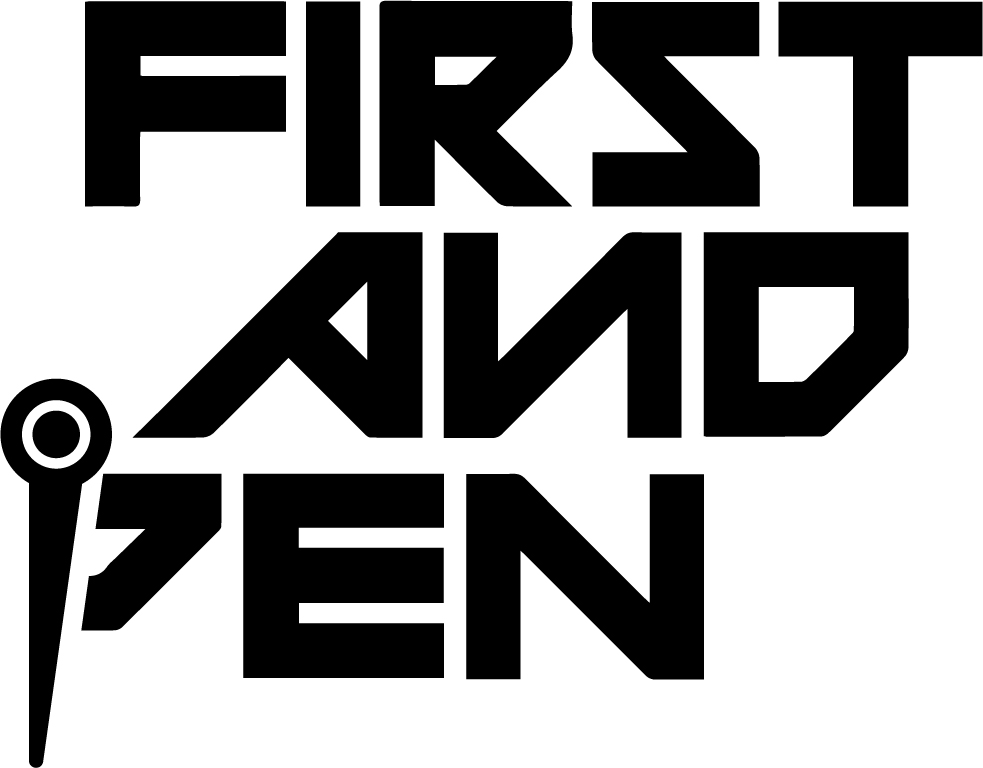Last year was a heartbreaking one for the thousands of public school student-athletes across the five boroughs who suffered through a pandemic that robbed them of many things, including their athletic season.
As Covid rampaged across New York, schools were closed and games were canceled.
For many students, that meant the loss of their senior year and the chance to be seen by college recruiters.
Although confusion remained as the summer came to a close, many students hoped to be back on the field of play this academic year.
But their hopes are flailing with each passing day.
Games have been delayed and/or canceled due to Covid protocols and as coaches struggle to restart and rebuild their programs, the regulations continue to hamper their progress.
According to the Daily News, 57% of the roughly 1,200 games scheduled on the PSAL’s calendars weren’t played between the start of the season on September 9th through Wednesday, September 29th. Over 40% of those games were postponed and 15% have been forfeited or canceled.
As the winter sports season quickly approaches, basketball is on everyone’s mind, especially those who have a chance to play at the next level.
That’s a major concern for Ron Naclerio, the longtime head basketball coach at Benjamin Cardozo High School in Queens.
After 40 years as a coach at the school, the all-time winningest coach in New York City and New York State public high school history knows that for some of his players, and other players across the city, this is their biggest opportunity to change their lives.
But now they face canceled games and regulations that prevent city public schools from playing teams outside of the city. That means they can’t showcase their talents against the best in the state and across the country, robbing them of regional and national exposure.
Even more frustrating is the fact these regulations also bar fans from attending games. That includes college recruiters who could help players move to the next level.
“The problem is we can’t come back the way we’ve always done it, we’re doing it with handcuffs,” said Naclerio.
Naclerio worries about losing kids to the streets, which is always a fear in New York.
“We’re losing kids to the streets. We’re losing kids to the gangs,” said Naclerio to the New York Post last March. “We have kids becoming SCL’s — street-corner losers.”
Barring fans and recruiters is as harsh as it is ridiculous as Covid restrictions for sports and entertainment venues in the city and state were lifted and are back to capacity.
And despite AAU games and city Catholic school leagues being allowed to play, the PSAL has yet to follow suit.
“We’re happy to bring our young athletes back into the game this year,” said Department of Education spokesman Nathaniel Styer. “With over 13,000 students currently on the field and 500 competitions already safely conducted, we will continue to support teams as they safely get back on the field this fall and for the rest of the school year.”
Part of their approach is to mandate that public high school athletes must have at least one dose of the Covid vaccine by the start of their season.
“We want to make sure our athletes are safe given particular the nature of these sports. And so we’re putting that mandate in place,” said New York City Mayor Bill de Blasio this past August.
But that’s proving to be difficult in such a large school system.
Some programs have freshmen and sophomores entering school in person for the first time. Many lack health forms and/or physicals, so the struggle to field full teams is already an issue. Maintaining forward-preventing measures that have been pretty much removed across the state adds to the frustration.
As of now, PSAL teams will have to play in empty gyms, robbing students of another chance to play in front of crowds and recruiters who could help them continue their athletic careers in college.
Safety is the primary concern, but when do education officials realize that these outdated restrictions are costing public school teens their futures?











